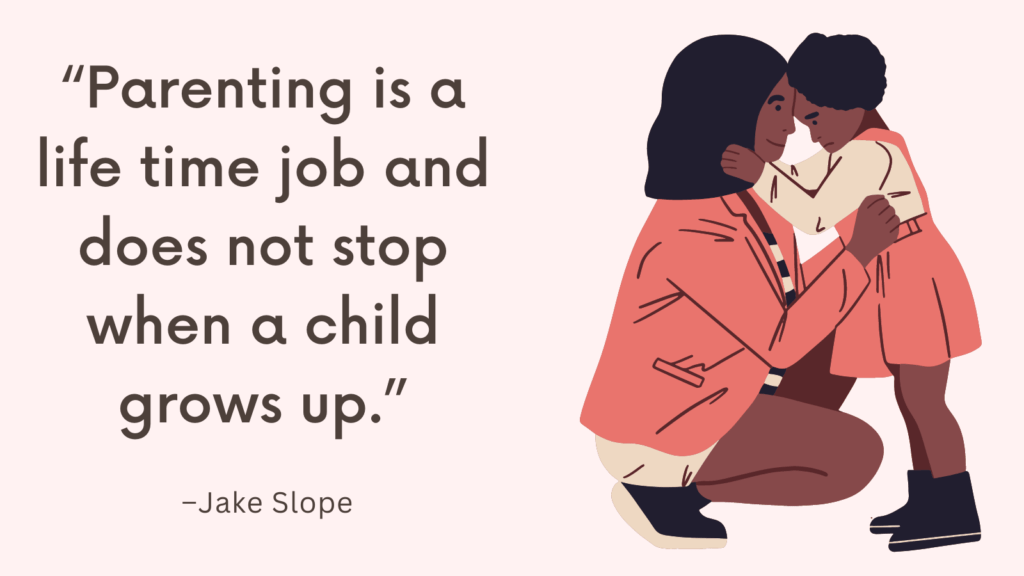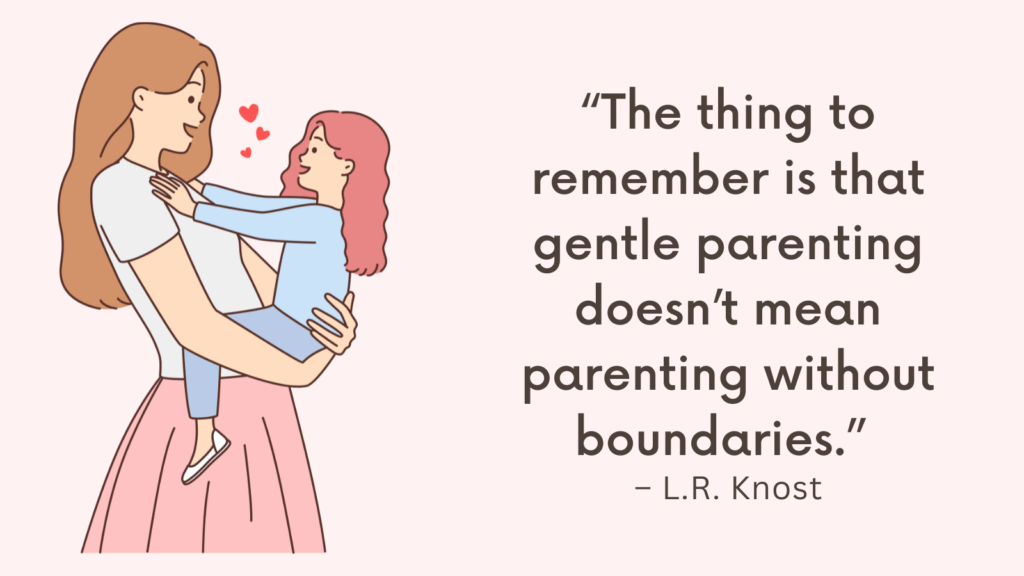In this post, you’ll find out all about occupational therapy and why would a child need it.
What Is Occupational Therapy?
Occupational therapy is a healthcare profession that helps people of all ages to participate in the activities and daily tasks they need or want to do, despite illness, injury, or disability.
An occupational therapist works with clients to identify their concerns, set goals, and develop a personalized treatment plan that may include exercises, adaptive equipment, skill-building activities, or modifications to the environment.
The goal of occupational therapy is to empower individuals to live independent, fulfilling, and meaningful lives. (source)
Related: Best 5 Books About Foster Care
Why Would A Child Need Occupational Therapy?
There are many reasons why a child may need occupational therapy. Some common reasons include:
1. Developmental delays or disabilities
Children with developmental disorders like autism, cerebral palsy, or Down syndrome may have difficulty with fine motor skills, sensory processing, and other activities of daily living.
2. Learning difficulties
Children who struggle with learning, attention, or hyperactivity may benefit from occupational therapy to develop better focus, concentration, and organizational skills.
3. Physical injuries or illnesses
Children who have been injured or have a chronic illness may require rehabilitation to regain strength and movement, as well as to manage pain and swelling.
4. Behavioral or emotional issues
Children who have behavioral or emotional problems such as anxiety, depression, or anger management issues may benefit from occupational therapy to develop coping strategies and improve social and emotional skills.
Overall, occupational therapy can help children overcome challenges and achieve their full potential in all areas of life, including school, play, and daily activities.
Related: Top 12 Benefits of Stay At Home Mom
Importance of Occupational Therapy for children
Here are some of the key benefits of occupational therapy for children:
1. Improved motor skills: Occupational therapists work with children to improve their fine and gross motor skills, such as writing, cutting, running, jumping, and balancing.
2. Enhances cognitive skills: Occupational therapy helps children develop cognitive skills such as attention, memory, problem-solving, and decision-making.
3. Supports social and emotional development: Occupational therapy supports children in developing their social and emotional skills, such as how to interact with peers, communicate effectively, and manage their emotions.
4. Increases independence: By developing important skills, children can become more independent in their daily lives, such as getting dressed, brushing their teeth, and feeding themselves.
5. Improves academic performance: Through occupational therapy, children can improve their handwriting, reading, and comprehension skills, which can positively impact their academic performance.
Overall, occupational therapy plays a vital role in helping children reach their full potential and live meaningful lives.
Related: Best 8 Books For Stay At Home Mom
How Occupational Therapy Works?
The primary goal of occupational therapy is to help people improve their functional abilities and independence.
An occupational therapist evaluates the individual’s strengths, limitations, and occupational goals.
Based on this evaluation, an individualized treatment plan is created that incorporates evidence-based interventions to improve the individual’s abilities to perform daily activities.
Interventions used in OT may include:
1. Exercises to improve strength, range of motion, coordination, and balance
2. Adaptive equipment to help with daily tasks such as dressing, grooming, and eating
3. Modifications to the home or work environment to make it more accessible and safe
4. Cognitive and behavioral strategies to improve attention, memory, and problem-solving skills
5. Sensory integration techniques to help manage sensory sensitivities
OT also focuses on promoting mental health and well-being.
The occupational therapist may use mindfulness-based interventions to help individuals manage stress and anxiety, develop coping strategies, and improve social skills.
Related: Best 10 Self Help Books For Teens
Prerequisite Skills For Children To Undergo Occupational Therapy
There are no specific prerequisite skills children need to have before undergoing occupational therapy.
However, there are certain developmental milestones that typically occur during childhood that can help prepare children for the activities and exercises they will engage in during therapy.
Some of these skills include:
1. Motor skills: Children should have some level of proficiency in their gross motor skills (such as sitting, crawling, walking, etc.) and fine motor skills (such as grasping objects with their hands, manipulating small objects, etc.).
2. Cognitive skills: Children should be able to follow simple instructions and understand basic concepts such as time, numbers, and letters.
3. Social skills: Children should have some level of social awareness and be able to interact positively with others, including adults and peers.
4. Emotional regulation: Children should be able to manage their emotions appropriately and respond to different situations calmly.
5. Attention and focus: Children should be able to sustain attention and focus on simple tasks for short periods of time.
It is important to note that every child is unique, and their individual needs and abilities will be taken into account when designing an occupational therapy program.
Related: Best 12 Growth Mindset Books
The Occupational Therapist’s Role In Helping Your Child
1. Initial Assessment And Evaluation
This process involves gathering information to understand the child’s developmental, cognitive, sensory, motor, and functional abilities.
During the assessment, the therapist will observe the child’s behavior, interaction skills, and problem-solving abilities.
They may also use standardized tests, questionnaires, and interviews to gather valuable information about the child’s strengths, challenges, and goals.
Related: Am I A Helicopter Parent Quiz
2. Individualized Treatment Plan
Once the therapist has gathered this information, they will work together with the parent to create a customized treatment plan that will address the child’s specific needs.
This treatment plan may include activities to improve fine and gross motor skills, sensory processing, social skills, self-care abilities, and other daily living tasks.
3. Ongoing Progress Monitoring
This involves regularly assessing the child’s skills, tracking their progress and adjusting therapy interventions accordingly.
Through ongoing progress monitoring, an occupational therapist can determine if a child is making progress toward the established goals and identify any areas that may need further improvement.
They will also be able to adjust the therapy interventions to ensure that they are providing your child with the best possible care.
This monitoring process may involve collecting data through various assessments, evaluating targeted skills during therapy sessions, and consulting with other professionals involved in your child’s care.
The information gathered from this process will help the occupational therapist design an individualized treatment plan that addresses your child’s specific needs and strengths.
Related: Helicopter Parenting: Pros and Cons of Over-Parenting
Conclusion
Occupational therapists work with children who have a range of challenges, including physical disabilities, developmental delays, sensory processing issues, behavioral problems, and emotional disorders.
Some common goals of occupational therapy for children include helping them improve their fine motor skills, hand-eye coordination, balance and coordination, sensory processing abilities, social skills, self-care abilities, and emotional regulation.
Treatment may involve practices such as sensory integration therapy, physical exercises, play therapy, cognitive-behavioral therapy, and assistive technology.




